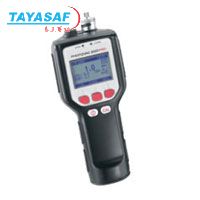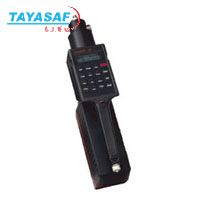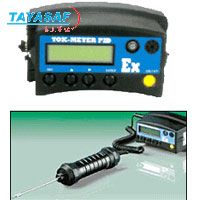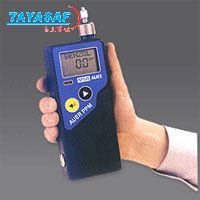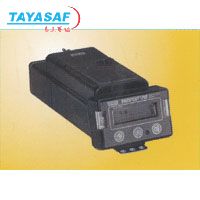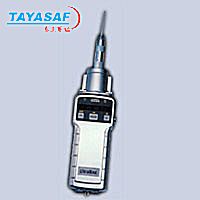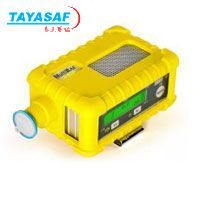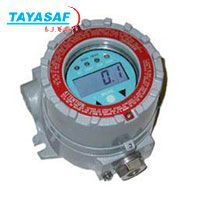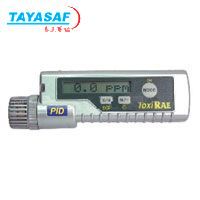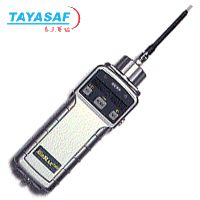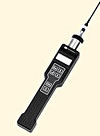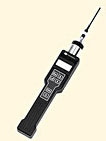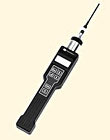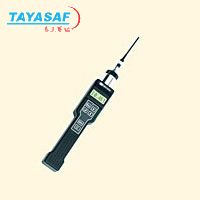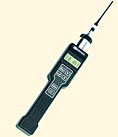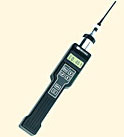|
Gas detectors are designed for monitoring the environment by one of two methods, diffusion or sample draw. In the case of diffusion, natural forces are relied upon to cause the ambient air to interact with the gas sensor. As an alternative, the air sample can be drawn to the sensor using either a hand-operated, squeeze-bulb aspirator or a motorized sample pump. Obviously, the motorized pump is much more convenient and easier to use, and it can provide a continuous air sample to the sensor at a constant flow rate.
Sample draw reduces gas response time compared to natural diffusion, and it facilitates testing of valves, pipe connections, etc. for leaks, and enables the monitoring of remote areas or enclosed vessels where non-ambient conditions may exist, such as, temperature extremes.
A properly designed sample draw system can improve the monitoring performance for most gases, particularly acid gases like Cl2 and HCl. It also reduces the response times for gases to be detected at sub-ppm concentrations, such as, AsH3. And, most important, sample draw is required for the detection of some gases, most notably, HF and O3. It is for these reasons that the SPECTRUM SP Series was developed. |




